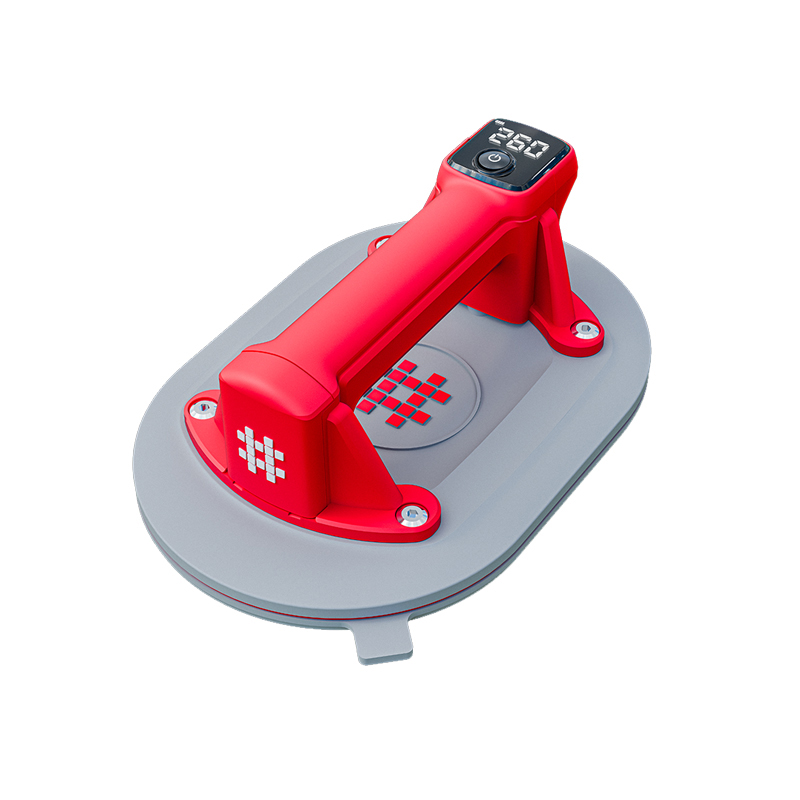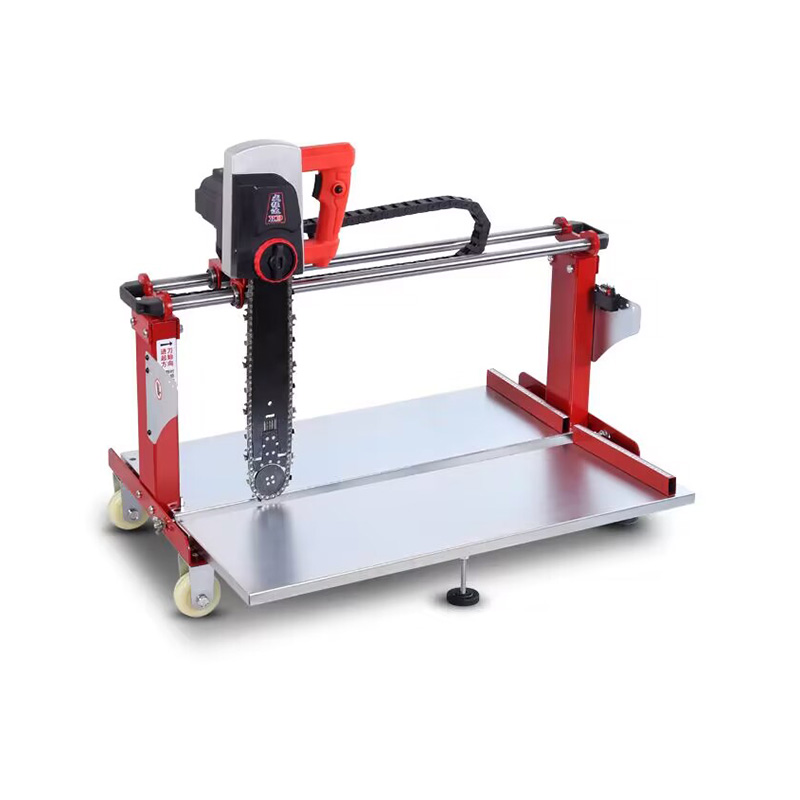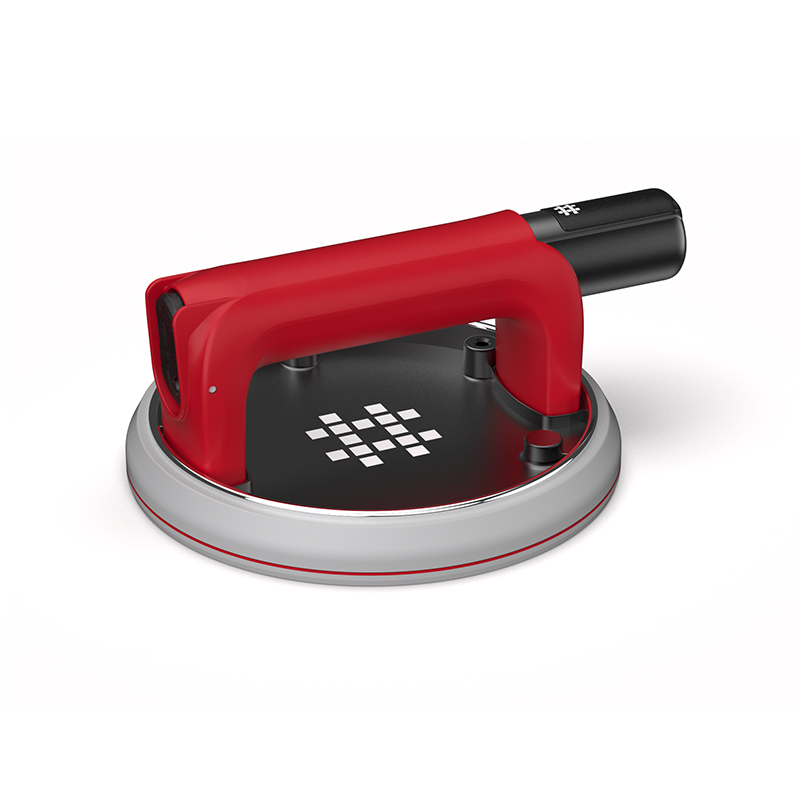You can learn the recent information of Shijing.
.jpg)
In the world of construction and interior design, precision and efficiency are paramount. The tile cutting industry has been at the forefront of this, constantly evolving to meet the demands of modern projects. As we delve into the future of tile cutting technology, it's essential to understand the current landscape and the innovations that are shaping the industry.
The Current State of Tile Cutting Technology
Tile cutting has come a long way from the manual methods of the past. Today, tile cutters are designed with advanced features that make them more user-friendly and efficient. These include laser-guided systems, water-jet cutting, and CNC (Computer Numerical Control) machines. The use of tile cutters has become ubiquitous in the industry, with each advancement bringing a new level of precision and speed to the process.
Advancements in Manual Tile Cutters
Despite the rise of automated systems, manual tile cutters still hold a significant place in the industry. They are cost-effective and ideal for small-scale projects or for those who prefer a more hands-on approach. Recent advancements in manual tile cutters include ergonomic designs, improved cutting wheels, and the incorporation of materials that offer better durability and longevity.
Laser-Guided Tile Cutters
Laser-guided tile cutters have revolutionized the industry by providing unparalleled accuracy. These tile cutters use a laser beam to mark the cutting line, ensuring that the tile is cut precisely along the desired path. This technology has been particularly beneficial in intricate designs and complex patterns, where precision is crucial.
Water-Jet Cutting
Water-jet cutting is an innovative method that uses a high-pressure stream of water to cut through tiles. This technology is environmentally friendly, as it does not produce harmful dust or fumes. Moreover, water-jet cutting allows for the cutting of a wide range of materials, including glass, stone, and ceramic tiles, making it a versatile option for tile cutters.
CNC Tile Cutting Machines
CNC tile cutting machines represent the pinnacle of automation in the industry. These machines are programmed to cut tiles with badness precision, often to the millimeter. They are ideal for large-scale projects and for cutting complex shapes and patterns. The use of CNC machines has significantly increased the efficiency and accuracy of tile cutting operations.
Robotic Tile Cutting Systems
The integration of robotics into tile cutting technology is a recent development that promises to further automate the process. Robotic systems can be programmed to perform repetitive tasks with high accuracy, reducing the need for manual labor. This not only increases productivity but also minimizes the risk of injury associated with manual tile cutting.
Software Integration
As tile cutting technology advances, so does the software that supports it. Modern tile cutting software allows designers and architects to create detailed plans and patterns that can be directly translated into machine code for tile cutters. This seamless integration between design and execution ensures that the final product matches the original vision with high fidelity.
Wireless Connectivity
The future of tile cutting technology is likely to include greater wireless connectivity. This will enable tile cutters to receive updates, new designs, and even remote troubleshooting assistance. Wireless connectivity will also facilitate the integration of tile cutting machines into larger smart construction systems.
Sustainability in Tile Cutting
With growing environmental concerns, the tile cutting industry is also focusing on sustainability. This includes the development of tile cutters that use less energy, produce less waste, and are made from recycled materials. Eco-friendly tile cutting methods are becoming more prevalent as the industry strives to reduce its environmental impact.
Customization and Personalization
As consumer preferences become more diverse, the demand for customized and personalized tile designs is on the rise. Tile cutting technology is adapting to this trend by offering more options for custom cuts and shapes. This allows homeowners and designers to create unique spaces that reflect their individual tastes.
Training and Education
With the rapid advancements in tile cutting technology, there is a growing need for training and education. Manufacturers are providing comprehensive training programs to ensure that users can fully utilize the capabilities of their tile cutters. This not only improves the quality of work but also helps to prevent accidents and damage to equipment.
Conclusion
The tile cutting industry is at an exciting crossroads, with numerous innovations on the horizon. From laser-guided systems to robotic automation, the future of tile cutting technology promises to be more efficient, accurate, and environmentally friendly. As the industry continues to evolve, tile cutters will play a central role in shaping the construction and design landscape. With a focus on precision, customization, and sustainability, the next generation of tile cutting technology is poised to redefine the possibilities in tile work.
 English
English 中文简体
中文简体 русский
русский Español
Español Deutsch
Deutsch


.jpg)

.jpg)
.jpg)



-2.jpg)
.jpg)
-3.jpg)





.jpg)
.jpg)







